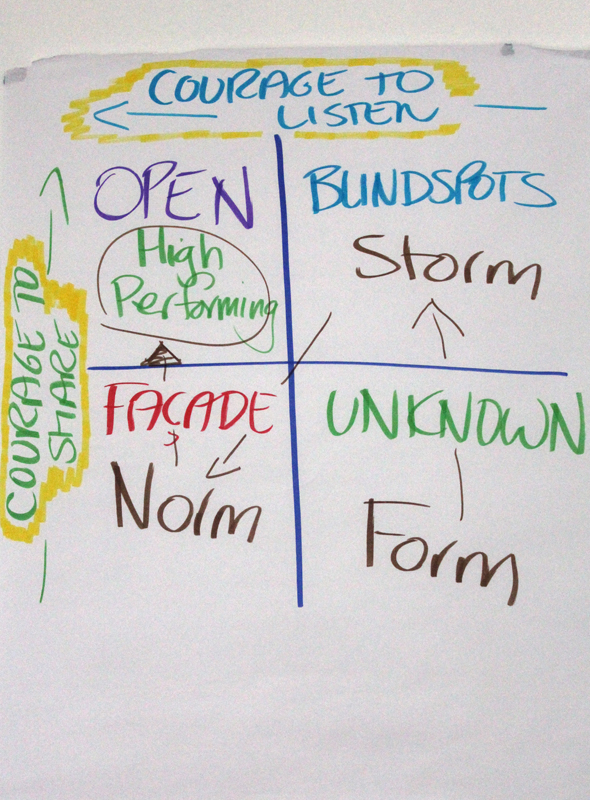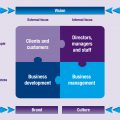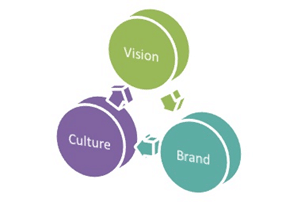 All organisations work towards the achievement of business goals and aim to maximise efficiency, but how do you measure if you have a high performance team?
All organisations work towards the achievement of business goals and aim to maximise efficiency, but how do you measure if you have a high performance team?
Historically business leaders have invested significant time measuring the outcomes from teams – the revenue, the product sold, the level of service provision, the share price, the profit produced. We have financial systems that easily provide these quantifiable measures. With a focus on these kinds of real business outcomes leaders have concluded if their team has earned the right to be called a high performance team.
It is important to acknowledge high performing teams do not just ‘happen’ because people work together for long enough and consistently achieve their targeted or budgeted performance, as demonstrated above. High performance teams are the result of a disciplined and honest approach to developing each individual in the team. It takes consistent, dedicated and authentic effort to build and maintain a high performing team as we will explore in the next blog.
Now, back to the question how can you measure if you have a high performance team? Well, it is going to take the same level of rigour and transparency required to build such a high performance team.
To measure high performance it is essential to look beyond the outcomes and focus on the HOW – how people combine their efforts to achieve the outcomes:
- Starting with the way each of them thinks – and this can be measured with diagnostic tools and you can proceed to determine if there is enough divergence within the team to constitute a foundation for high performance
- Informing how people choose to ‘behave’ with each other (for example some people will choose to shout or talk very loudly, others will ‘bow’ down and aim to please their colleagues by doing whatever it takes, others think quickly and get impatient consequently giving themselves permission to interrupt or finish others’ sentences)
- Determining what they actually choose to say to each other during conversations and meetings
- Ultimately informing when they decide to take the action.
These four elements combine to inform the kind of conversations that happen within the team and ultimately the experiences of how team members and leaders choose to work together when generating the outcomes. Sustainable high performance demands constructive behaviours where people feel valued, significant and recognised.
By remaining in the comfort of ‘mediocrity’ business leaders risk:
- Untapped potential – potential not being brought into the team because people have stopped caring about each other, their careers and the outcomes
- Low engagement and low productivity
- Low retention of people within the team
- Customers being swayed to find the exceptional experience they seek, elsewhere.
To avoid such mediocrity takes courage, discipline and rigour in determining HOW you want to work together to achieve the outcomes and then holding each other interdependently to account while achieving the business outcomes. So how do you know if it is working and you are not being mediocre?
Here are ten rigorous, divergent and disciplined ways we recommend you use to measure if you have a high performance team:
- Speed of innovation – we had a client reduce the time it took for an initial idea to result in product on the supermarket shelf from 18 months to 4 months – as they shifted into high performance where people encouraged each other, actively looked for ways to make the idea work rather than telling each other why it wouldn’t and importantly stopped working in silos to protect personal performance
- Timely decisions – measure how long it is taking for decisions to be made so the action can be taken. High performance teams minimise the time it takes and make decisions to achieve the right impact, at the right time and with the right intent
- People are present and engaged with each other when in conversations or in meetings – phones are turned off, interruptions and repetition are minimised and the details are memorable to everyone
- Everyone is prepared to “say it as it is” so there is no grapevine and people do not talk behind others’ backs – such time wasting practices are removed
- People actively exhibit the courage to share what they are really thinking and feeling while also demonstrating the courage to really listen when others are sharing their thoughts and feelings – this too can be easily measured with 20 questions, ask us for more information
- Deep trust is built and exhibited between all team members and the team leader (and there are many ways this can be measured in a tangible way)
- Conflict is regularly ignited within the team and people are ‘comfortable’ to resolve it constructively – measuring how often it happens in a month helps to bring the focus on how important it is and how regularly it is happening
- Everyone is authentic – no facades and telling people what you think they want to hear or resisting telling the truth for fear of hurting their feelings – people are very real with each other and once again this can be easily measured at the end of team meetings or after a conversation
- High propensity to initiate conversations where the status quo is challenged and when this is done the other person receives the challenge in a constructive and encouraging way – feedback is a great measurement tool here
- Measure learning agility with the use of reflective thinking and keep a track of the changes instigated within the team as a result of this kind of learning.
Start a conversation with us if you want to know more about actually implementing these measures for high performing teams – we have clients successfully doing it and we are happy to facilitate deeper and more practical thinking for you too.










